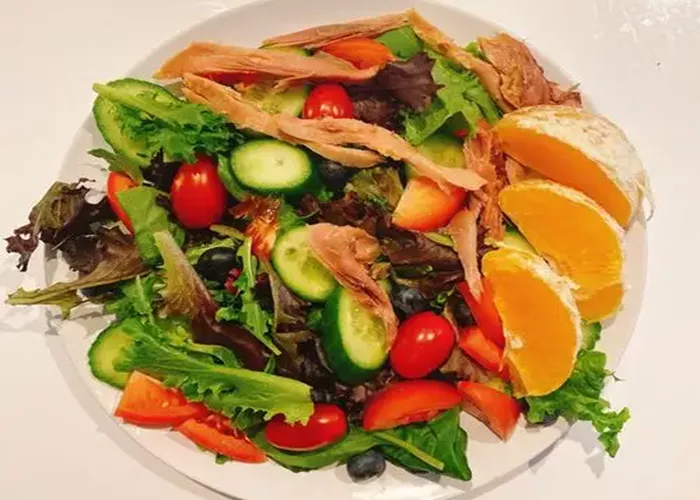Fitness enthusiasts often seek dietary advice to maximize their workout results and maintain overall health. Congee, known for its digestibility and nutritional benefits, can be a valuable addition to a fitness diet if chosen wisely. This article explores the types of congee that are most suitable for fitness, focusing on their nutritional value, ease of digestion, and how they can support fitness goals.
Understanding Congee
Congee, or jook in some dialects, is a rice-based dish that is cooked for a longer time until the grains break down and form a porridge-like consistency. It can be made with various types of rice, water, and sometimes other ingredients like meat, vegetables, or herbs. The nutritional profile of congee depends on its ingredients and cooking method.
Nutritional Benefits of Congee
Low in Fat and Calories: Depending on the ingredients, congee can be a low-fat, low-calorie option, making it suitable for weight loss or maintenance.
High in Carbohydrates: Rich in complex carbohydrates, congee provides sustained energy release, which is beneficial for endurance workouts.
Easy to Digest: The cooked-down texture of the rice makes congee easier to digest, reducing the risk of gastrointestinal discomfort after workouts.
Customizable: Congee can be tailored to individual preferences and nutritional needs by adding various ingredients.
Types of Congee Suitable for Fitness
Plain Rice Congee
Plain rice congee, made with just rice and water, is the simplest and most basic form. It is low in calories and fat, making it a great option for those looking to maintain or lose weight. The high water content also helps keep you hydrated, which is crucial for physical performance.
Vegetable Congee
Adding vegetables to congee boosts its nutritional value, providing vitamins, minerals, and fiber. Vegetables like spinach, carrots, and bell peppers add color, flavor, and essential nutrients that support muscle recovery and overall health. This type of congee is particularly suitable for those following a plant-based diet or looking to increase their vegetable intake.
Meat-Based Congee
Meat-based congee, such as chicken or pork congee, adds protein and flavor to the dish. Protein is essential for muscle repair and growth, making this type of congee ideal for those engaged in strength training or looking to build muscle. However, be mindful of the portion size and choose lean cuts of meat to keep the fat content low.
Seafood Congee
Seafood congee, made with ingredients like shrimp, fish, or clams, is a great source of lean protein and omega-3 fatty acids. Omega-3 fatty acids are known for their anti-inflammatory properties, which can help reduce muscle soreness and improve recovery. This type of congee is also low in saturated fat, making it a heart-healthy choice.
Herbal Congee
Herbal congee, infused with traditional Chinese herbs like ginseng, wolfberry, or lotus seed, offers additional health benefits beyond basic nutrition. These herbs are believed to enhance energy, improve digestion, and promote overall well-being. While the exact health claims may vary, incorporating herbs into your congee can add a unique flavor and may provide subtle health benefits.
Tips for Making Healthy Congee
Choose Whole Grains: Use brown rice, quinoa, or other whole grains instead of white rice to increase the fiber content and nutritional value.
Control Portion Sizes: Even though congee is a healthy choice, portion control is still important to avoid overeating and gaining unwanted weight.
Add Lean Proteins and Vegetables: Incorporate lean proteins like chicken, fish, or tofu, and plenty of vegetables to create a balanced and nutritious meal.
Avoid Added Sugars and Fats: Keep the congee light by avoiding added sugars, cream, or excessive amounts of oil.
Stay Hydrated: Congee is high in water content, but don’t forget to drink additional fluids throughout the day to stay hydrated, especially if you’re engaging in intense workouts.
Conclusion
In summary, congee can be a valuable addition to a fitness diet when chosen and prepared wisely. By focusing on whole grains, lean proteins, and vegetables, and avoiding added sugars and fats, you can create a nutritious and satisfying congee that supports your fitness goals. Whether you’re looking to lose weight, build muscle, or maintain overall health, the right type of congee can be a nutritious and delicious part of your fitness journey.
Related topic:


